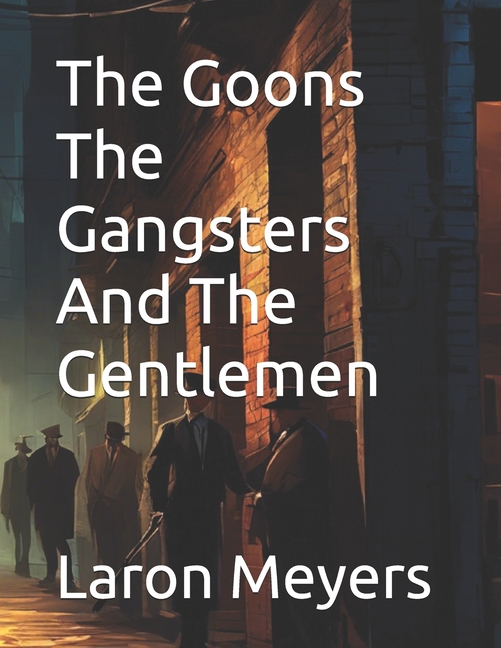Description
The book is structured in a way that allows readers to witness the evolution of gang culture over several decades, from the Great Migration in the early 20th century through significant historical events, up to the present day. In doing so, it reveals the intricacies of the relationships formed in the shadows of the city and the moral dilemmas faced by those who navigate this dangerous world.
Key Themes and Elements:
1. The G Codes: The text delves into the unwritten codes of conduct that govern the behaviors of gang members, gangsters, and gentlemen within their respective communities. The G Code emphasizes loyalty, respect, and the ethics of street life, serving as a guiding framework for behavior among gang members.
2. Historical Context: The book begins with the backdrop of the Great Migration, highlighting how the influx of Black families to Chicago in search of opportunity shaped the city's neighborhoods. This historical lens allows readers to understand the systemic challenges faced by these communities, such as poverty and discrimination.
3. Character Development: Throughout the narrative, readers are introduced to pivotal characters like Lewis "Cap" Gamble, who emerges as a leader dedicated to uplifting his community, and later figures like Bird Jones and Lambo Patterson, who navigate the complexities of gang life with ambition and a thirst for power. Their character arcs reflect the tension between loyalty to family and the harsh realities of survival in a violent world.
4. The Cycle of Violence: The narrative details the relentless cycle of violence that plagues the communities, where rivalries often lead to retaliation and bloodshed. The stories of individual lives lost to gang violence serve as poignant reminders of the human cost of these conflicts.
5. Impact of Music and Culture: The rise of drill music as a cultural phenomenon is explored in depth, showcasing how it serves as both an artistic expression and a catalyst for violence. The lyrics often glorify gang life while simultaneously exposing the struggles faced by the youth, reflecting the dual nature of their existence.
6. Community Resilience: Amidst the violence, there are moments of hope and resilience as community leaders and activists strive to reclaim their neighborhoods. The importance of unity and collaboration is emphasized as they work towards breaking the cycle of violence and creating opportunities for the next generation.
7. Moral Ambiguity: The narrative raises questions about morality and the consequences of choices made in the pursuit of power. Characters like Tony Gamble, who straddles the line between crime and politics, embody the complexities of navigating a world where survival often necessitates compromising one's values.
8. The Role of Technology: As the story progresses, the influence of technology on gang culture becomes apparent. The rise of social media and encrypted message apps.
In conclusion, "The Goons, The Gangsters, And The Gentlemen" is a richly woven tapestry that captures the essence of life in Chicago's streets, highlighting the enduring spirit of its communities amidst the chaos of gang violence. Laron Meyers skillfully presents a narrative that not only entertains but also sparks important conversations about resilience, identity, and the pursuit of justice. The book serves as both a historical account and a cautionary tale, reminding readers that the struggles of the past continue to resonate in the present and shape the future.
Product Details
- Jul 14, 2025 Pub Date:
- 9798292412021 ISBN-10:
- 9798292412021 ISBN-13:
- English Language




